|
|
re: Invest in precision, invest in Balanset-1A
 by JeremyRhish on 2024/12/14 11:38 pm by JeremyRhish on 2024/12/14 11:38 pm
Detailed Rotor Balancing Process
Preparing the Necessary Tools
- Ensure the instrument is complete with all necessary components: vibration transducers, laser tachometer, magnetic stand, software, and other accessories.
- Connect the device to your PC using the USB interface and confirm the software installation.
Sensor Installation
- Fix the accelerometers securely to the machine's structure in locations where vibrations are most prominent, ideally near the bearings.
- Position the laser tachometer (phase angle sensor) so that it is aimed at the rotor. Attach reflective tape to the rotor for accurate phase angle reading.
Launching the Software
- Launch the Balanset software on your computer.
- Configure the software for either single-plane or two-plane balancing, based on the rotor's characteristics and the desired outcome.
Taking Baseline Vibration Readings
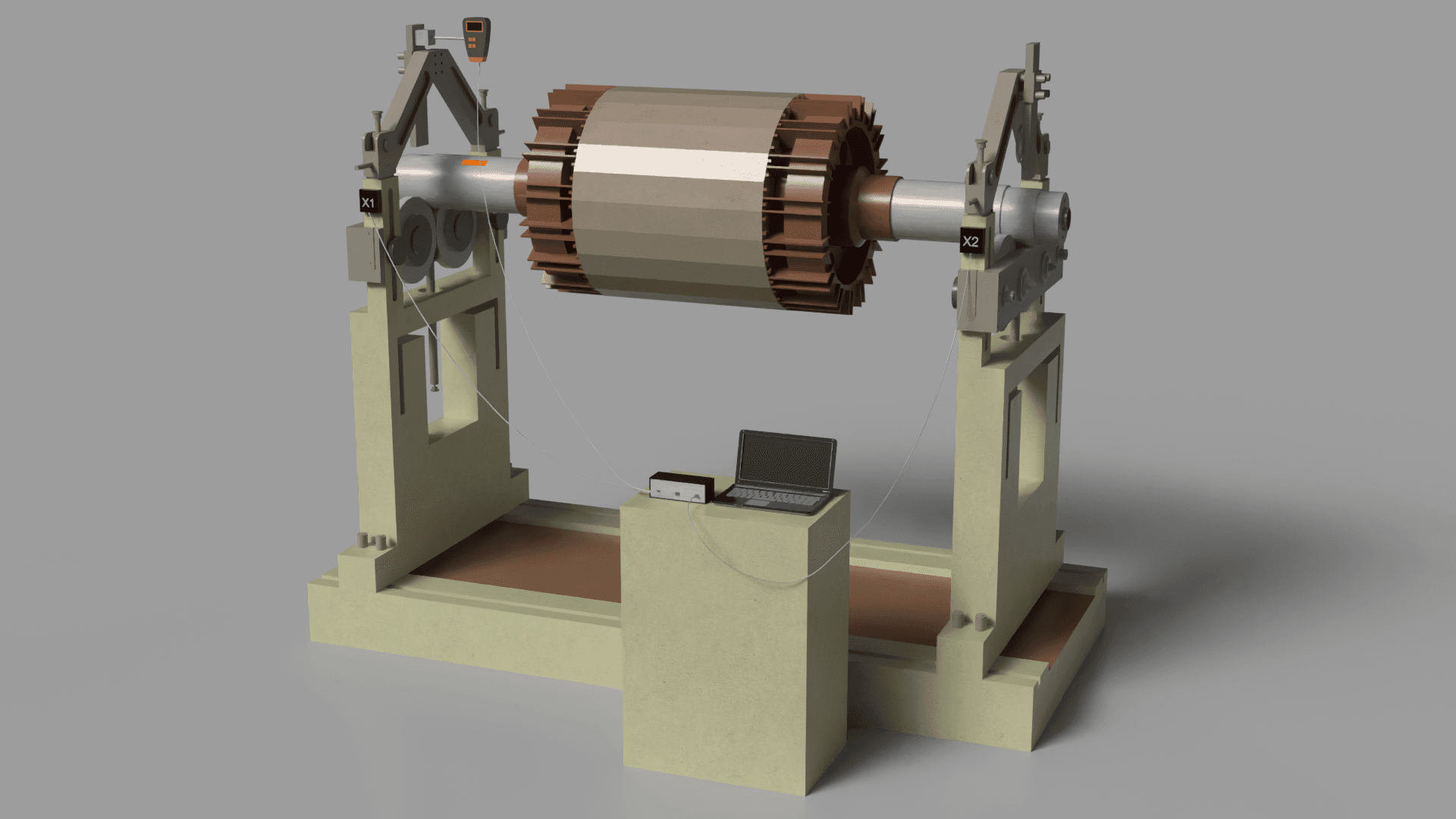
- Operate the rotor at its intended working speed.
- The application will acquire data on vibration magnitude, rotational velocity, and phase angle to determine the initial imbalance state.
Mounting the Test Weight
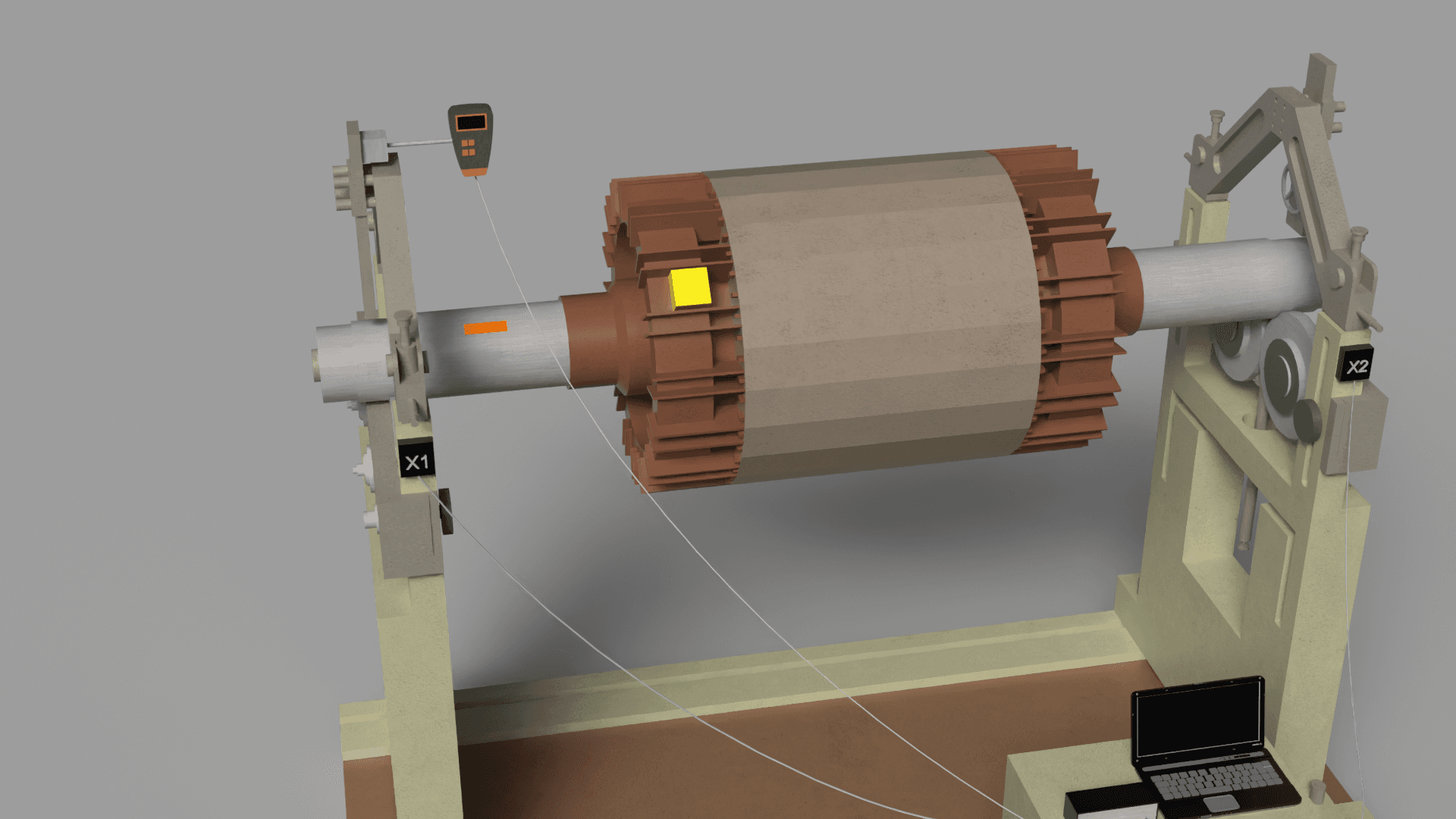
- Bring the rotor to a standstill and affix a trial weight at a predetermined point on the rotor, specifying its mass in the software (typically in grams).
- Resume rotor operation, and the program will capture the resulting changes in vibration amplitude and phase.
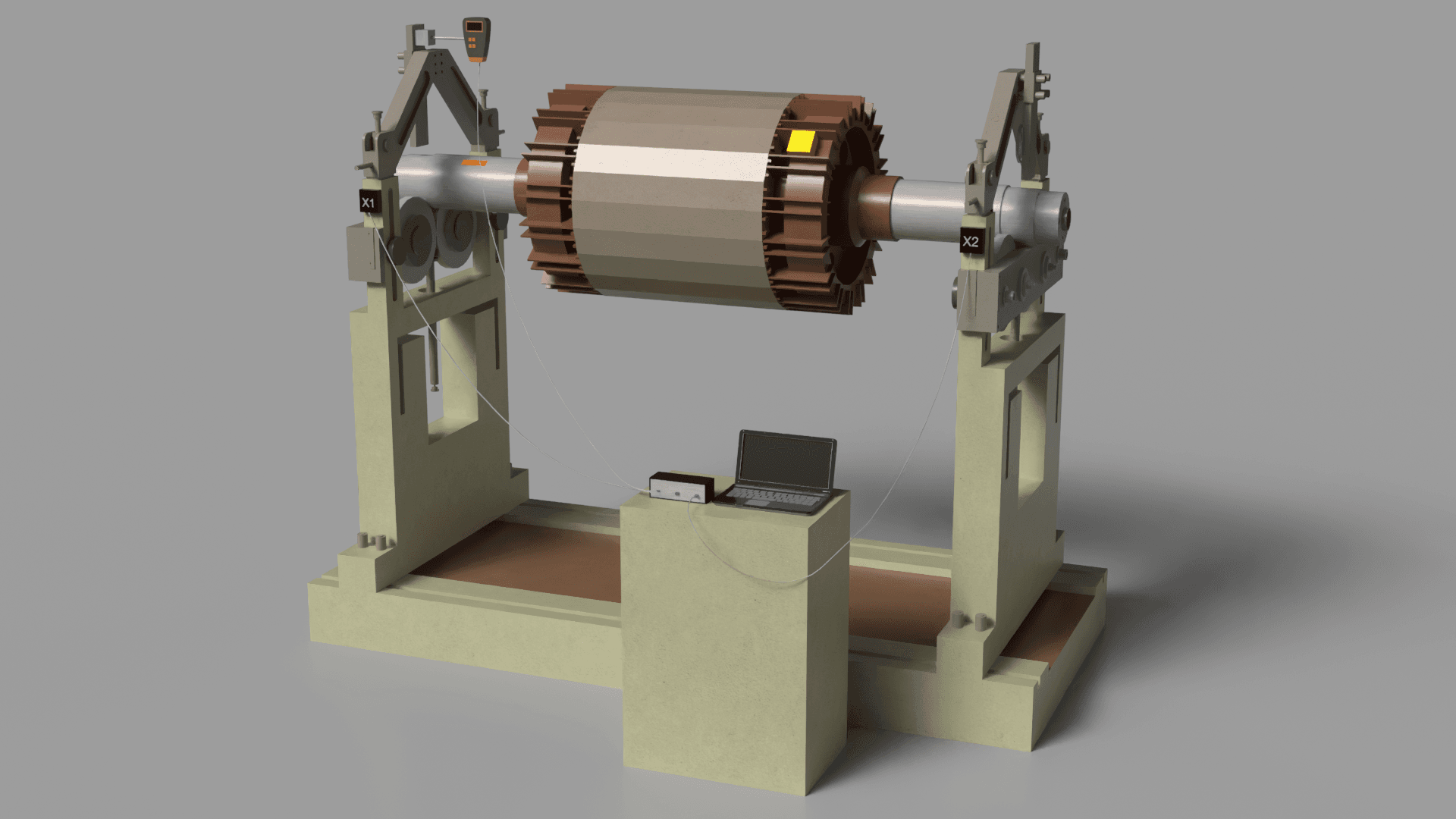
Computing the Compensating Weight
- Based on the measured data, the software automatically calculates the correction weight parameters: mass and installation angle.
- The results of the calculation are shown both numerically and visually through charts and graphs.
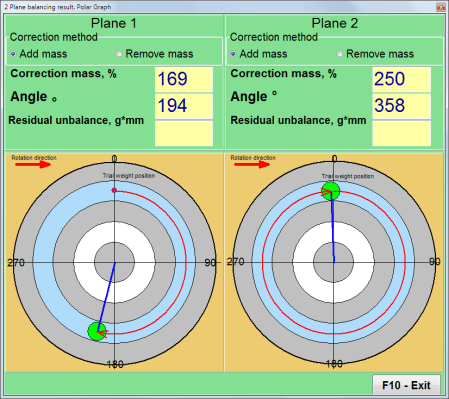
Installing the Correction Weight
- Install the correction weight on the rotor according to the software's calculations.
- If necessary, perform intermediate checks to verify that the imbalance is being reduced.
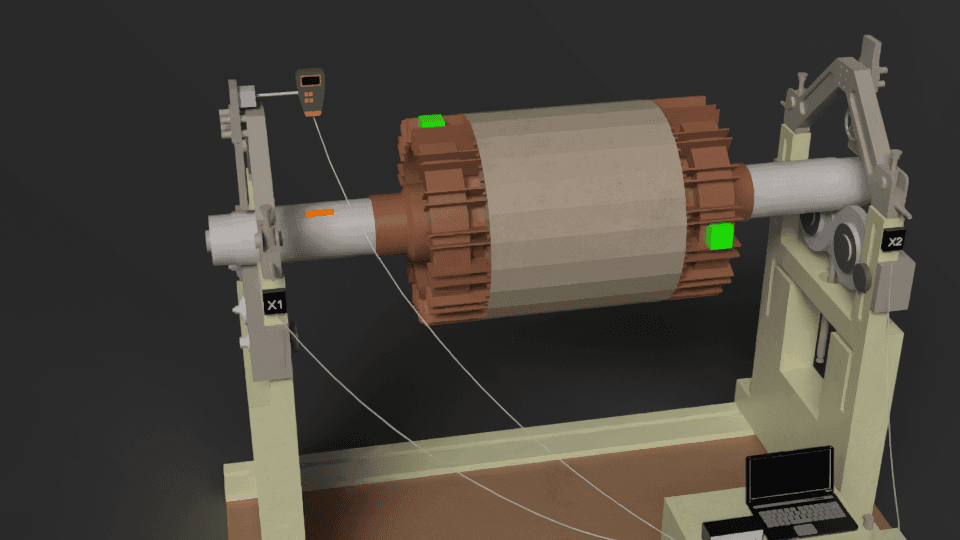
Final Check and Balance Confirmation
- Once the corrective weight is in place, restart the rotor and measure the remaining vibration amplitude.
- If the vibration level is within acceptable limits (according to ISO 1940), the balancing is complete.
- If the vibration level remains high, repeat the process with further weight adjustments.
Report Generation
- The balancing results are saved in the software's archive. You can create and print a report containing vibration data, correction weight mass, and its installation angle.
Final Recommendations
- Verify the secure attachment of all balancing weights and measurement sensors.
- Ensure the rotor rotates smoothly and without excessive noise.
- If the rotor operates within a larger assembly, check the functionality and interplay of all interconnected parts.
This process allows for precise imbalance correction, reducing vibration and extending equipment life.
Instagram: https://www.instagram.com/vibromera_ou/
Youtube : https://youtu.be/guA6XJ-ArZM?si=vmkuX7RILzKBl0zL
Our website about Industrial shaft balancing
Machinio: https://www.machinio.com/listings/98380186-portable-balancer-vibration-analyzer-balanset-1a-full-kit-in-portugal
Facebook: https://www.facebook.com/marketplace/item/350151228150722
|
|
|
|











